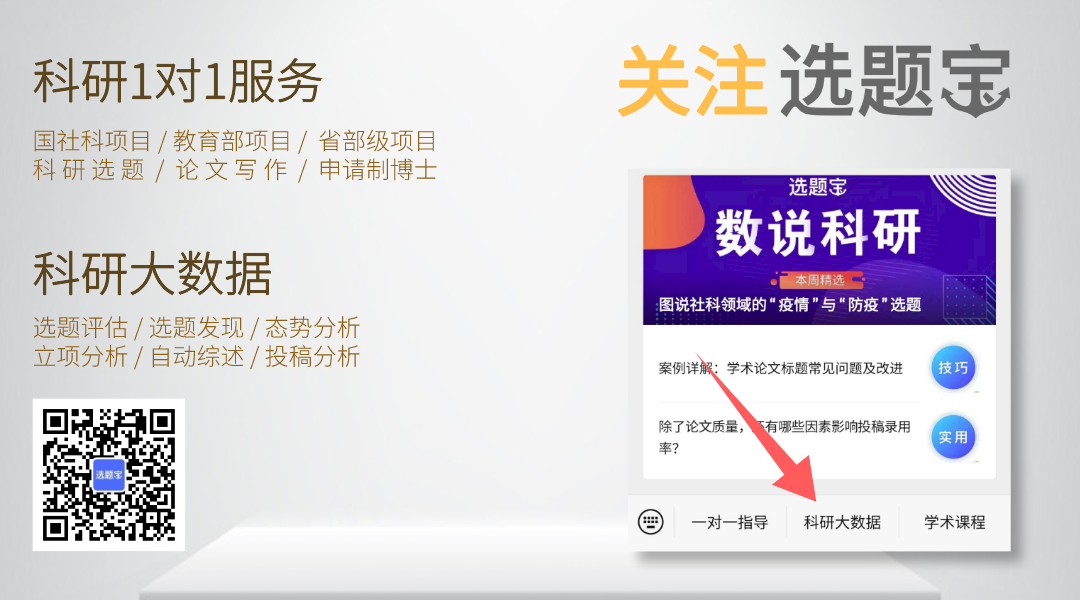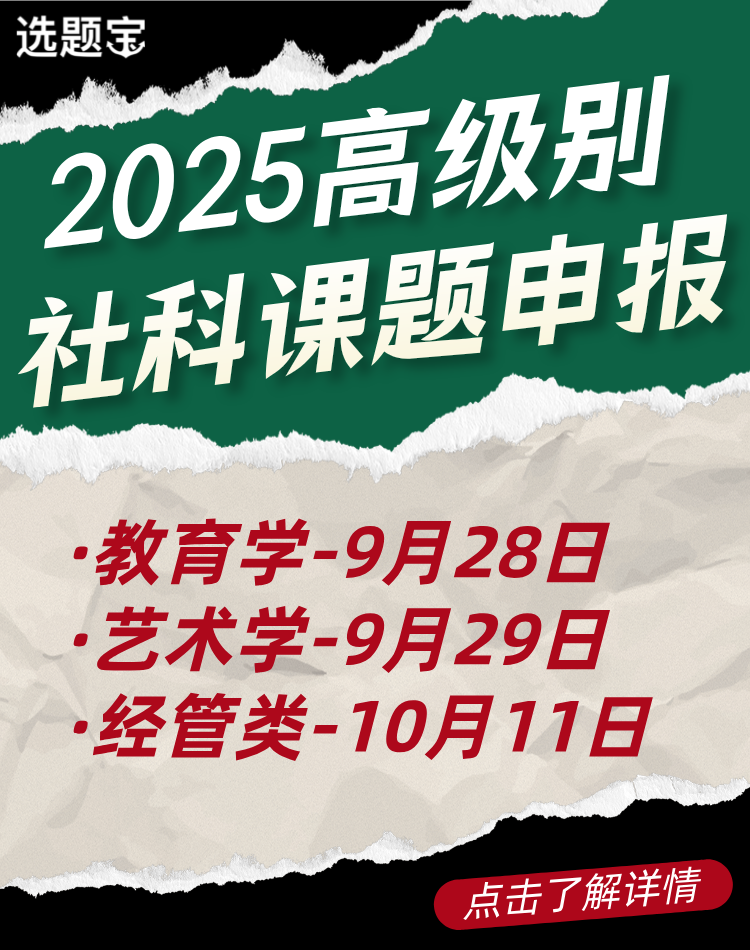China Economist 2022年最新目录和摘要
2022年05月07日

点击订阅


内容摘要
生态环境治理:从工业文明到生态文明思维
张永生
内 容 提 要 生态环境治理的核心是处理环境与发展之间的关系,以实现可持续发展。本文揭示,传统工业时代形成的生态环境治理思维,更多的是建立在环境保护与发展之间相互冲突的传统工业化发展范式和发展理论基础之上。不仅环境保护与发展之间存在两难关系,当代人与后代人之间在资源分配上,以及国与国之间在分担全球环境责任上,均存在两难关系。这样,传统工业时代的生态环境治理思路,更多的就只能是通过技术进步和提高治理效率来扩大两难冲突的折中空间,难以从根本上解决环境与发展的关系问题。生态文明思维下的生态环境治理,则是通过新发展理念及相应约束条件的改变,促进发展范式的根本转变,形成环境保护与发展之间相互促进的关系,进而实现各国从环境负担分担转向机遇共享的共赢关系,以及实现当代人与后代人的共赢。
关 键 词 生态环境治理 工业文明 生态文明
Environmental Governance: A Perspective from Industrial Civilization to Ecological Civilization
Zhang Yongsheng
Abstract The key of environmental governance is to tackle the environment-development relationship so to achieve sustainability. This paper reveals that the traditional concept of environmental governance that took hold in the industrial era is rooted in the traditional development paradigm and theory that conflict environmental protection with economic development. Dilemmas exist not only between the environment and development, but in the resource distribution between current and future generations and in the sharing of global environmental responsibilities among countries. Consequently, in the traditional industrial era, environmental governance mainly focused on broadening the space of compromise by facilitating technology progress and raising efficiency, which is hard to solve the underlying environment-development conflict. Under the concept of ecological civilization, environmental governance brings about a mutually-beneficial relationship between environmental protection and economic development and thus could turn environmental burden into a shared opportunity among countries, and into a “win-win” relationship between current and future generations.
Keywords Environmental governance, industrial civilization, ecological civilization
加快推进绿色低碳转型,建设中国特色生态文明
陈诗一 陈登科
内 容 提 要 党的十九大报告指出,要坚定不移地贯彻“创新、协调、绿色、开放、共享”的新发展理念。新发展理念吹响了新时代加快推进经济体系绿色低碳转型、建设中国特色生态文明的号角。作为建设现代化强国进程中一场广泛而深刻的经济社会变革,加快推进经济体系绿色低碳转型是贯彻新时代习近平生态文明思想的必然要求,体现了中国共产党不忘初心以人民为中心的发展理念,展现了中国在应对气候变化问题上的决心和雄心,彰显了中国坚持推动构建人类命运共同体大国责任与担当。推动科技创新实现绿色低碳关键前沿技术突破,优化资源配置实现经济协调发展,构建开放共享的新发展格局都是推动中国经济体系绿色低碳转型的重要方面。
关 键 词 习近平生态文明思想 新发展理念 绿色低碳转型 “双碳”目标
On Accelerating the Green and Low-Carbon Transition for an Ecological Civilization with Chinese Characteristics
ChenShiyi ChenDengke
Abstract The Report to the 19th National Congress of the Communist Party of China (CPC)called for steadfastly implementing the new philosophy of “innovative, coordinated, green, open, and shared” development, for expediting China’s green and low-carbon economic transition, and for developing a so-called “ecological civilization with Chinese characteristics.” As an extensive and profound socio-economic transformation in building a strong, modern nation, the green and low-carbon transition is viewed as an essential requirement for creating an ecological civilization in line with Xi Jinping Thought on Socialism with Chinese Characteristics for a New Era. The transition reflects the commitment of the CPC to its original aspirations to increase the welfare of the people and the principle of putting the people first as well as China’s resolve and ambition to confront climate change issues.
Keywords Ecological civilization, new development philosophy, green and low-carbon transition, carbon peak, carbon neutrality
科技支撑碳中和目标实现的路径选择及政策研究
徐 俊
内 容 提 要 中国提出碳中和目标,将深刻影响我国社会经济体系。碳中和对内将助推我国经济高质量发展、全面实现绿色转型,对外则可实现弯道超车,引领全球技术发展。然而,要实现这一目标,我国面临时间短、任务重、难度系数大的挑战。科技创新作为技术发展的动力引擎,在碳中和中扮演举足轻重的角色。没有科技创新,也就无从谈碳中和。然而,当前我国科技创新仍然存在整体水平较低、体制机制不健全、创新投入不足、基础条件薄弱等问题。碳中和愿景下,从技术端,要依靠“能源供给端”“能源消费端”“固碳端”三端共同发力。结合我国不同阶段能源消费结构、产业排碳特征,遵循各领域技术发展规律,提出各领域的科技创新路径,从而分阶段、分重点、分目标地推进技术发展。从政策端,也应从深化顶层设计、加强战略研究、加快技术发展、促进市场衔接、推动队伍建设等方面加大科技创新对碳中和的支撑作用。
关 键 词 碳中和 科技创新 技术路径 政策建议
Path Selection and Policy Study for the Carbon Neutrality Required Technology
Xu Jun
Abstract The carbon neutrality goal is of far-reaching influence to China’s socio-economic systems. Domestically, carbon neutrality will promote China’s high-quality economic development and green transition. Internationally, it represents an opportunity for China to lead the global low-carbon technology development. Yet daunting challenges lie ahead for this ambitious goal to be achieved in such a short time. As a driving force of technology progress, innovation plays a pivotal role in achieving carbon neutrality, but is faced with many obstacles in China, including the currently low level of innovation, institutional inadequacies, lack of innovation input, and inadequate fundamental conditions. Under the vision of carbon neutrality, we should identify technology innovation pathways on the three aspects of energy supply, energy consumption and carbon sink. Following those technology pathways, progress should be made in technology development in various stages with different priorities and objectives based on China’s energy mix and industrial carbon emission characteristics. On the policy side, we should deepen top-down design, enhance strategic researches, expedite technology development and commercialization, and foster R&D talents to bring out the full potentials of technology innovation in supporting carbon neutrality.
Keywords Carbon neutrality, technology innovation, technology pathways, policy recommendations
区域协同低碳发展的基础与路径
张友国 白羽洁
内 容 提 要 碳达峰碳中和既是中国高质量发展的重要目标,也是高质量发展的重要抓手。中国地域辽阔,各地区资源禀赋、经济技术水平、产业结构存在很大不同,因而碳达峰碳中和实现路径要重视区域差异化,但更要重视区域之间的协同。只有通过区域协同低碳发展才能有效缓解能源资源和绿色技术在区域分布上的供需背离矛盾,同时将碳达峰碳中和与构建新发展格局战略有机统一起来。中国区域间在长期合作竞争中形成的能源—产业关联关系以及污染治理方面的深度协作,也使区域协同低碳发展具备了深厚的历史渊源和现实基础。总体来看,应从产业结构优化、能源结构转型和绿色低碳技术创新三方面着手构建区域协同低碳发展路径,争取做到“三路并进”。不过,要保证区域协同低碳发展路径的顺利形成和长期稳定,还需要克服一系列体制机制问题。
关 键 词 碳达峰 碳中和 区域协调 产业结构 能源结构 绿色低碳技术
Pathways of Regionally Coordinated Low-Carbon Development in China
ZhangYouguo BaiYujie
Abstract Carbon peak and carbon neutrality are both important goals in the Chinese government’s plans for future economic development. With heterogeneous resource endowments, economic and technological levels, and industrial structures across China’s many regions, regional differentiation can significantly affect the design of pathways toward achieving carbon peak and carbon neutrality. Regionally coordinated low-carbon development may be the only way for the Chinese government to mitigate supply and demand imbalances in the distribution of energy resources and green technologies. China’s interregional energy industry and pollution abatement collaboration have also created conditions for regional collaboration in low-carbon development. Nevertheless, successful regional coordination for low-carbon development requires overcoming the institutional problems.
Keywords Carbon peak, carbon neutrality, regional coordination, industrial structure, energy mix, green technologies, low-carbon technologies
“双碳”行动的消费维度
夏 光
内 容 提 要 目前“双碳”行动已在生产领域“热”起来了,相对而言,消费领域还处在预热状态。“双碳”行动直指高度能源依赖的现代生活、矫正过多物质消耗的消费方式、引导循环再生的可持续消费,是对消费行为的外在紧约束。低碳消费的国际经验主要是减少家庭和办公室人均碳排放、鼓励电动出行和低耗交通、鼓励再生利用和循环经济等。促进我国绿色低碳消费主要在食品、衣着、交通、居住、用品、能源等八个方面发力,其中制止食品浪费、建立新型饮食文化是首要任务。食品浪费现象主要缘于共餐式餐饮方式、餐饮企业利润导向、传统饮食文化影响、经费支出来源等。建议开展建立绿色低碳餐饮消费方式的专题研究和试点,依靠群众,探索使《反食品浪费法》落实的模式。
关 键 词 “双碳”行动 绿色低碳 消费方式 食品浪费
Carbon Peak and Carbon Neutrality: A Consumption Dimension
Xia Guang
Abstract China’s manufacturing sector is on the move towards carbon peak and carbon neutrality, but carbon-neutral consumption has yet to take off. As the external constraints to consumption behaviors, carbon peak and carbon neutrality (CPCN) commitments will transform energy-dependent modern lifestyle and excessive material consumption and encourage circular and sustainable consumption. According to international experience, low-carbon consumption can be achieved primarily by reducing per capita household and office carbon emissions and encouraging e-mobility, low-carbon mobility, recycling and circular economy. In promoting green and low-carbon consumption, China should focus on eight areas, including food, clothing, transportation, housing, consumer goods and energy. Among them, a priority is to prevent food waste and establish a new food culture. Food waste stems from various reasons, such as communal dining, the profit-driven business practices of catering companies, the influence of traditional dining culture, and dining on public funds. We suggest conducting special research and pilot programs on green and low-carbon dining consumption, involving the masses, and exploring ways for the implementation of the Anti-Food Waste Law.
Keywords Carbon peak and carbon neutrality (CPCN) initiatives, green and low-carbon, consumption mode, food waste
China Economist (中文刊名:《中国经济学人》)是由中国社会科学院主管、中国社会科学院工业经济研究所主办的面向全球发行的中英文学术期刊。China Economist创刊于2006年3月,始终致力于向全球传递中国经济学与管理学最前沿研究进展,搭建中外学者相互交流的学术平台和研究阵地,向全世界宣传能够代表中国人民根本利益诉求的研究成果,促进国外读者更好地了解中国,不断增强我国的国际影响力和国际话语权。《中国经济学人》先后被EconLit、EBSCO、ProQuest、SCOPUS等全球主流、权威数据库及索引系统收录,入选中国社会科学院中国人文社会科学期刊(AMI),是“代表我国人文社会科学英文刊最高水平”的期刊。
在线投稿系统:http://ceji.cbpt.cnki.net
官方网站:http://www.chinaeconomist.com/
— END —


提示







